Like many competitive online multiplayer titles, Rocket League features a full-fledged ranked mode designed to help players match up with opponents and teammates of a similar skill level.
The idea behind these popular ranking systems is to enforce some level of skill-based matchmaking on the player population as a way to maximize the fun for everyone involved regardless of their skill level.
New players won’t have much fun playing against high-tier Grand Masters who are flip resetting off the ceiling and air dribbling. At the same time, the best players can only freestyle dunk on an opponent who doesn’t know what they are doing so many times before it gets boring. While Rocket League suffers from a smurf problem, just like any other free-to-play competitive online title, the ranking system generally does a good job of making sure everyone who isn’t intentionally subverting the rank system plays in fair matches.
Your rank in Rocket League is determined by your Match Making Rating, or MMR, which is a specific discrete number which is adjusted based on your success and failure in games. If you go on a big losing streak, you will be placed against worse opponents. If you go on a big winning streak, the game will place you against more skilled adversaries.
Here is a full breakdown of Rocket League’s ranking and MMR system.
All of the Rocket League ranks
As of September 2020, there are 22 possible ranks in the competitive mode of Rocket League. The ranks cover the gamut from very new players all the way up to professional players. Before Rocket League went free-to-play in 2020, there were only 19 possible ranks, but Psyonix added two more Grand Champion ranks and a new terminal rank of Super Sonic Legend midway through last year alongside the games free-to-play launch.
Here are all the ranks in Rocket League, in order:
- Bronze l
- Bronze ll
- Bronze lll
- Silver l
- Silver ll
- Silver lll
- Gold l
- Gold ll
- Gold lll
- Platinum l
- Platinum ll
- Platinum lll
- Diamond l
- Diamond ll
- Diamond lll
- Champion l
- Champion ll
- Champion lll
- Grand Champion l
- Grand Champion ll
- Grand Champion lll
- Super Sonic Legend
In addition to being used to select your opponents on the competitive ladder, your competitive rank is also used to determine which tournament tier you play in during Rocket League’s nightly tournament series.
How Rocket League determines your rank
When you first enter a competitive playlist in Rocket League, you will start off by playing a series of placement matches, during which time you will be unranked. How many placement matches you end up playing will vary, since your placements will end once you have won 10 games in total.
Advanced players may only have to play between 10 and 20 games to be ranked, while newer players may take more time to find out their ranking. Players who want to play in multiple competitive playlists will have to win their 10 placement matches separately for each playlist.
Once you have been placed into a rank, you will also be placed into a division within that rank. Each rank features four divisions that you must work through to reach the next rank. You typically will have to win two or three games in a row to move up a division. Once you win enough games in division four of your rank, you will be promoted.
Players can earn season rewards based on what their rank is. These season rewards are not based purely on the rank you end your season at, however. Instead, you must win 10games for each successive rank to earn your season awards. For the games to count toward a particular tier of season rewards, you will have to win matches that are ranked at or above that tier.
Players who are in the grand master division, for example, have to win 10 matches to earn their bronze rewards before moving to their silver rewards, then their gold, all the way up to the grand champion awards.
At the start of every new season, players will have to play 10 more placement matches to determine their initial rank for the start of the new season. Your MMR doesn’t totally reset between season, but there is a soft reset at the start of every season to give you a little bit of wiggle room to move up or down as needed.
Players may also be asked to play some extra placement matches during a season if they take an extended break from play. This is a necessary aspect of any ranking system, since players who are coming back to the game may be rusty and not ready to play at the same level that they could when they first started their break.
How MMR works in Rocket League
MMR, or match making rating, is a hidden value that determines the level of opponents that you will be matched up again. Take note that your MMR doesn’t necessarily describe your skill level, it is instead an algorithmically-derived number based on your win rate and performance designed to put you in the correct general area of difficulty. As you play games and either win or lose them, the game’s algorithm will adjust your MMR.
In competitive modes, your MMR is generally reflected directly in your player rank, with a certain range of MMR’s constituting each rank. The only exception to this rule is with Super Sonic Legend players, who have a minimum threshold to hold that title, but there is no upper limit on the MMR system. So there is a vast disparity between the lowest-ranked Super Sonic Legend players and the best players in the game who have managed to climb even higher in the MMR system by winning games, even after they maxed out their player rank.
Quickplay modes feature their own separate MMR system, but there is no way to see what your quickplay rank is by default. However, you can download and install Alpha Console, which is a Rocket League mod which will show you both your own and everyone else’s hidden MMR rating in both quickplay and competitive modes. Although the original Alpha Console mod was discontinued in March 2020, you can still add Alpha Console to your game as a plugin through BakkesMod, which is a popular Rocket League mod that brings a ton of unique features to the game.



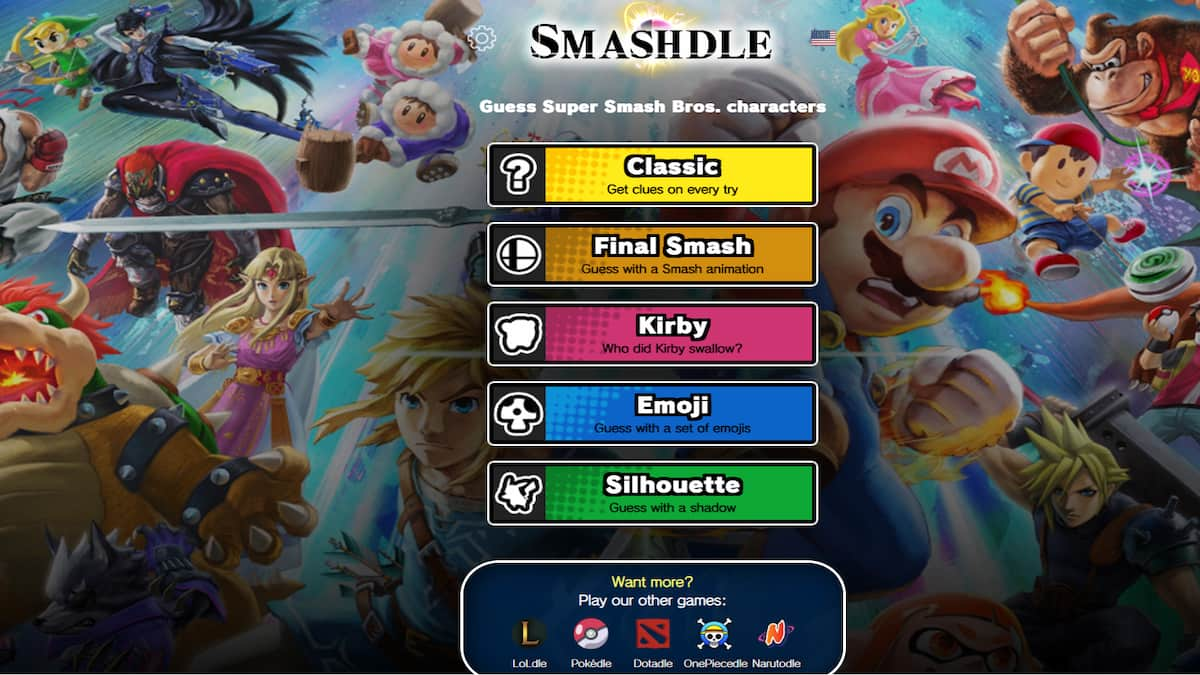

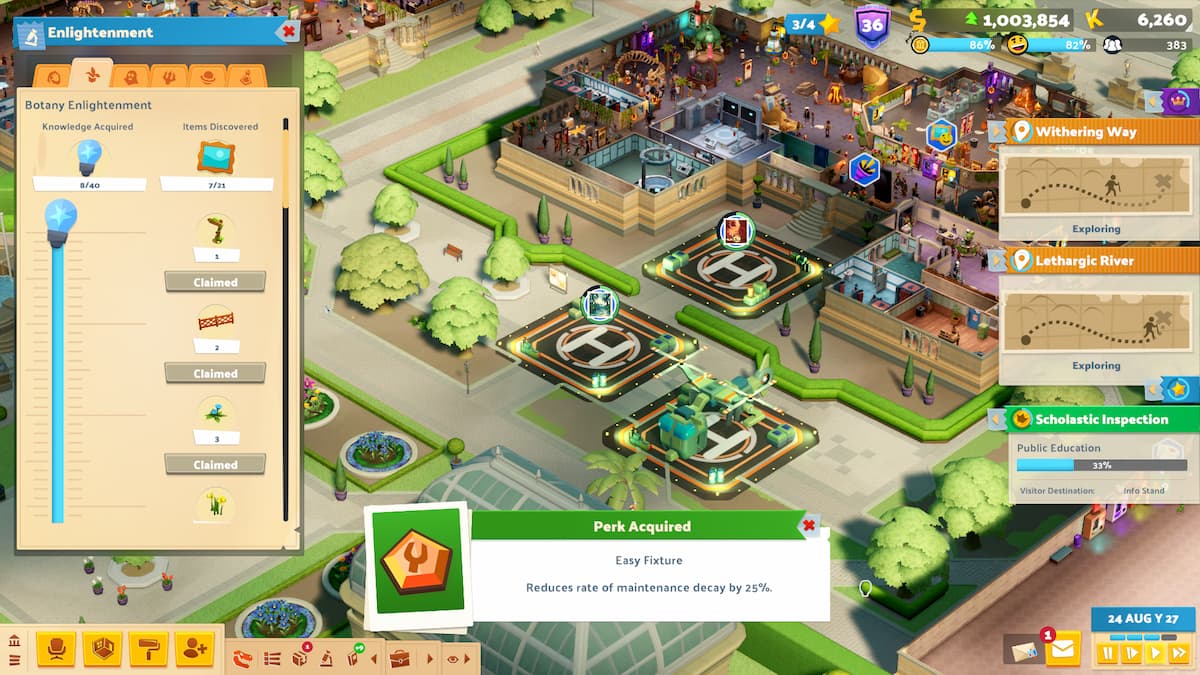
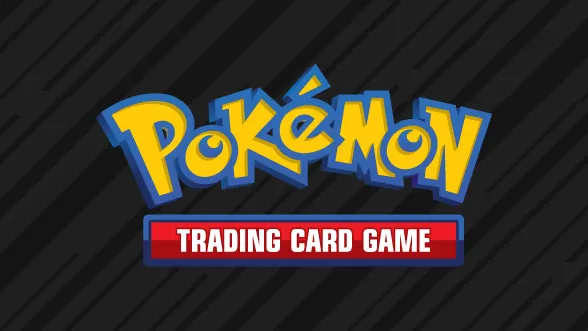
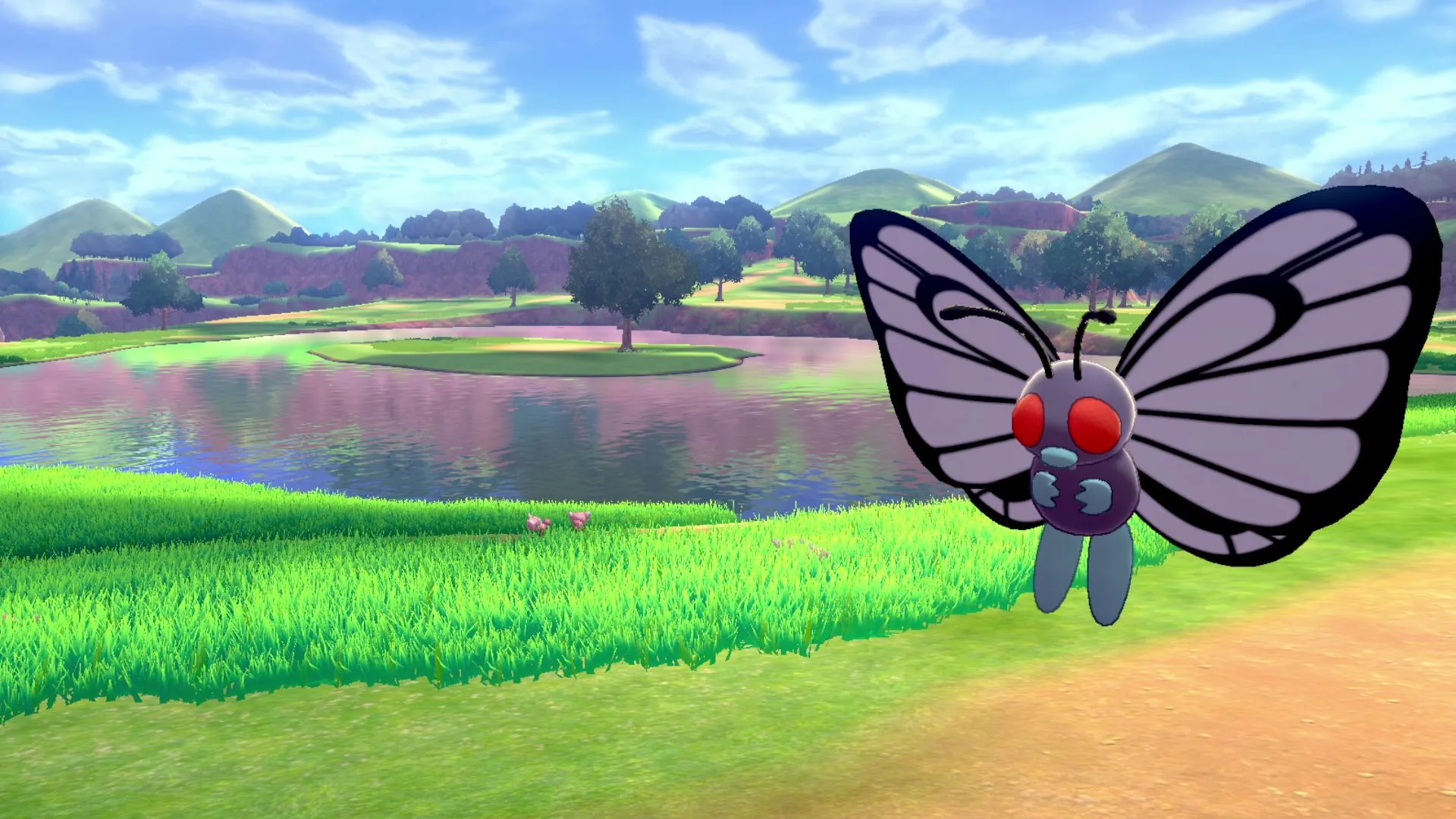
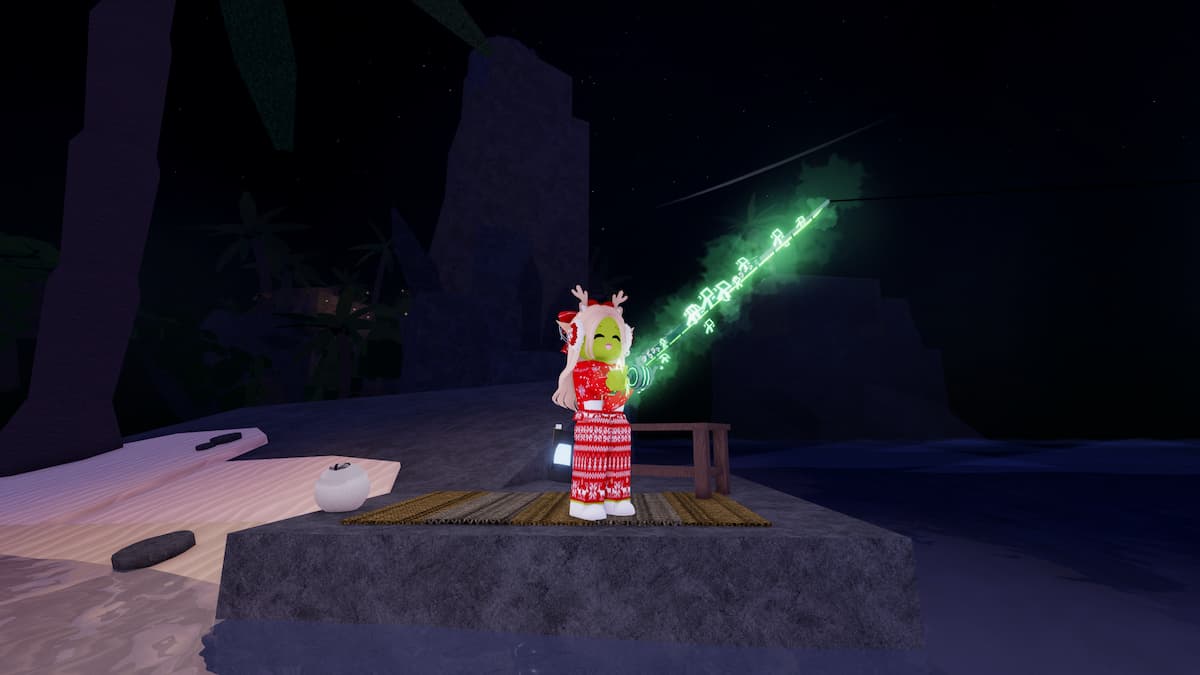

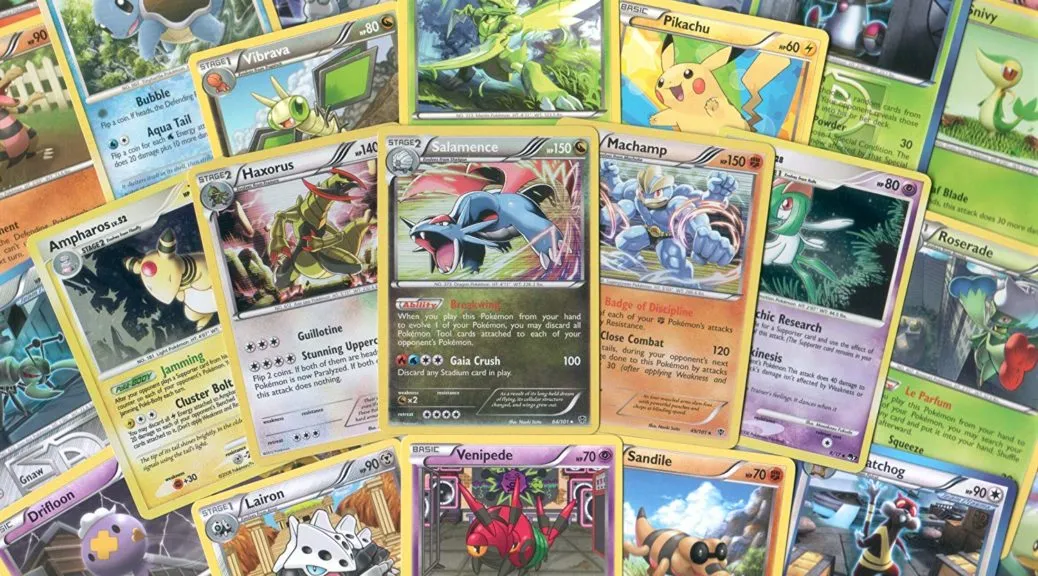
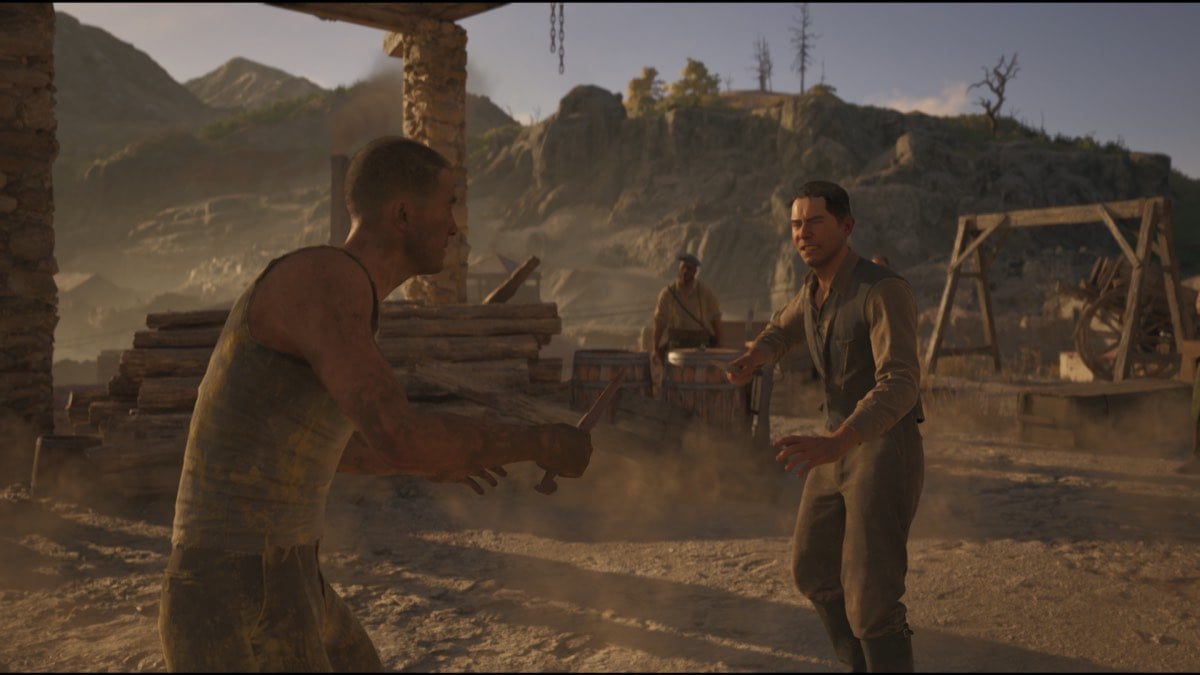
Published: Jan 18, 2021 11:36 am